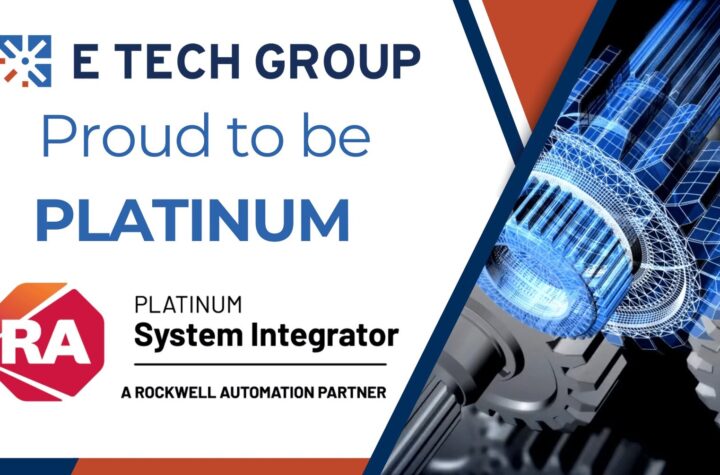

The Swedish Hybrid Vehicle Centre (SHC), established in 2007 by Sweden’s Energy Agency (Energimyndigheten) with three Swedish universities and six Swedish companies, has started around 15 research projects and employed 40 researchers since inception. Examples of current projects include energy management of hybrid vehicles considering routes traveled, diagnosis of hybrid systems, vehicles with autonomous wheels, and the development of electric motors operating with integrated charging.
The SHC has also started studying drivelines based on an electric motor combined with a small additional energy source, or range extender; as well as the demand for power of auxiliary systems in hybrid vehicles. A major challenge for the hybrid electric and electric vehicles is the development of energy storage with sufficient capacity, thus giving a vehicle a sufficiently large operating range. Work with lithium-based batteries is ongoing at several places throughout the world as it is seen as the next generation of batteries for hybrid vehicles and electric vehicles.
“SHC believes there is a paradigm shift to electricity as the primary propulsion source, mainly because of the much higher efficiency for the drive line. This shift is hindered by the limited capacity (or rather capacity/weight) of the energy storage, batteries and maybe also partly by the high development costs. Our research focuses on finding the best hybrid electric or electric drive line combined with the energy storage. I think this development can be faster, but it is limited by physical laws for energy transfer in Li-ion batteries (i.e. they cannot be much better in terms of energy/weight ratio), and also the very high development costs,” explained Lennart Josefsson, director of the SHC in an earlier interview to AI.
One of the biggest challenges facing hybrid electric vehicles is getting them to run for a reasonable time before recharging options are available for drivers. “We are working on an EU-project to demonstrate the functionality of range extenders, with ‘small’ secondary engines – ordinary internal combustion or Wankel engines. The idea is to find solutions where the savings on batteries for a pure electrical vehicle is larger than the additional cost for the secondary propulsion unit. At the same time, the range extender must meet other conditions, such as space availability and low vibration compared to a pure electric drive line,” says Josefsson.
At SHC, a number of projects focus on finding material combinations that will improve energy output and safety of the battery cell. SHC is also starting new projects on models for life assessments of batteries based on extensive testing of battery systems and on the temperature control of battery systems.
In January 2011, during the North American International Auto Show held in Detroit, Volvo President and CEO Stefan Jacoby unveiled a crash-tested C30 Electric designed with Ener1’s EnerDel battery. The car on display was tested at Volvo Cars’ crash test laboratory in Sweden in December 2010 with a fully charged EnerDel lithium-ion battery and was subjected to a 40mph offset frontal collision with a barrier. The test produced the results expected by the companies’ engineers. The front deformed and distributed the crash and both the batteries and the cables, which are part of the electric system, remained intact after the collision. “Our tests show it is vital to separate the batteries from the electric car’s crumple zones to make it as safe as a conventional car. We are the first car maker to show the world what a truly safe electric car looks like after a collision with high-speed impact,” said Jacoby said at a press conference.
In 2007, the SHC was granted 3.5 million Euros for the initial four years which ended in December 2010. The SHC is likely to get a mandate to continue for the next six years. The universities in the partnership include Chalmers University of Technology, which is where the SHC is located, the Royal Institute of Technology and the Lund Institute of Technology. The companies involved are AB Volvo, Volvo Car Corporation, Saab Automobile AB, GM Powertrain Sweden AB, Scania CV AB and BAE Systems Hagglunds AB.














More Stories
Celanese Materials Shine in Multiple Category Winners at 2024 SPE Automotive Innovation Awards
New future-ready single-slot PXIe controller for high-performance T&M applications from Pickering Interfaces
US Army Awards ANELLO Photonics Contract Phase II SBIR Topic “xTech Search 7 SBIR Finalist Open Topic Competition”